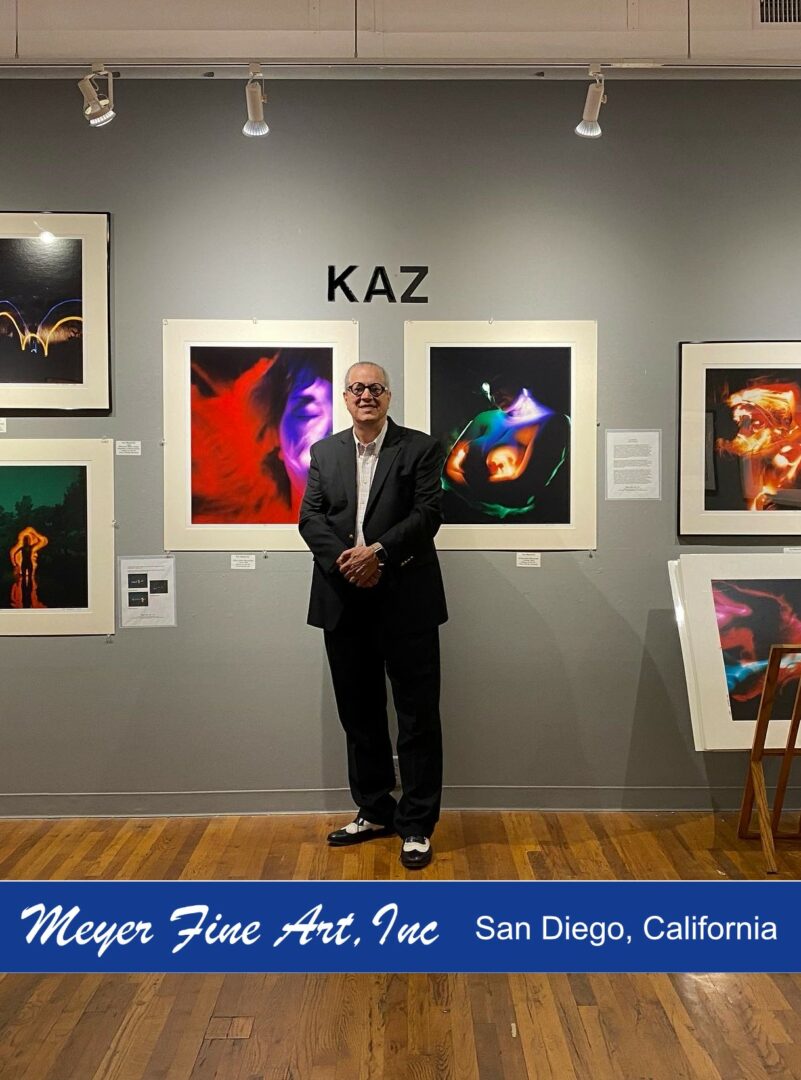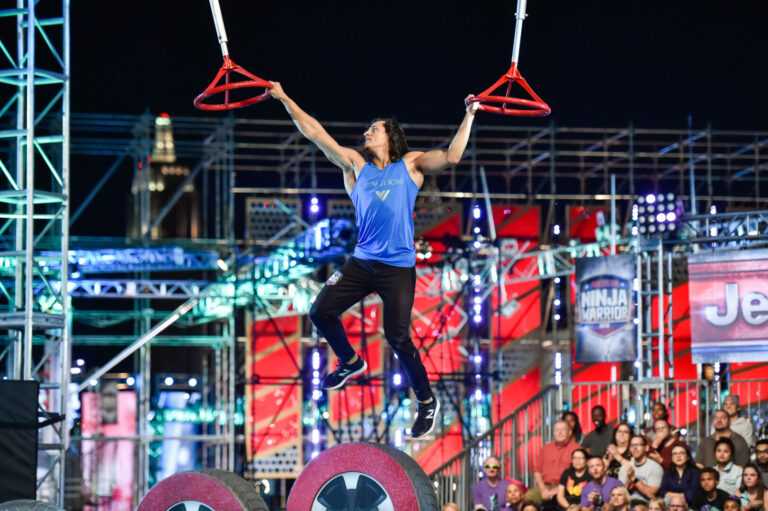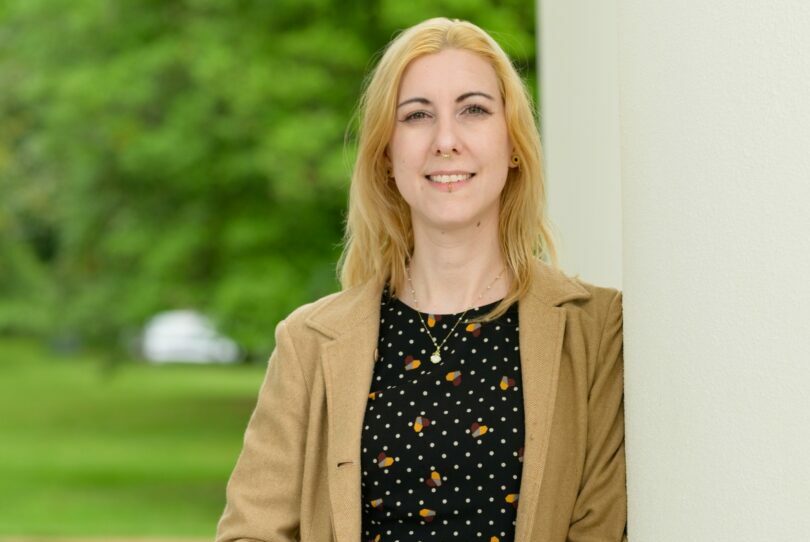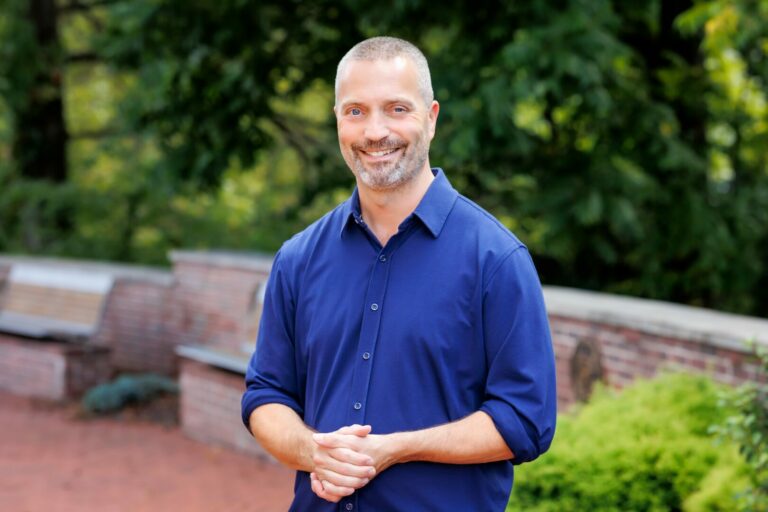We recently had the chance to connect with Kazmier Maslanka and have shared our conversation below.
Good morning Kazmier, we’re so happy to have you here with us and we’d love to explore your story and how you think about life and legacy and so much more. So let’s start with a question we often ask: What makes you lose track of time—and find yourself again?
A flash of intuition often starts it — suddenly a mathematical relationship appears in my mind. I’ll write it down and test it, making sure it says something beyond the words. Then I begin searching for a visual that can connect through a conceptual metaphor structure. I ask myself: is the image the source domain, rigid and concrete, or is it the target domain, abstract in nature? Can we understand the equation in terms of the imagery, or the imagery in terms of the equation? When that alignment begins to emerge, I lose all sense of time.
I find myself again when I step back — take a walk, meditate, or look at the work with fresh eyes the next day. That rhythm between immersion and distance keeps the work meaningful and alive.
Can you briefly introduce yourself and share what makes you or your brand unique?
I’m Kazmier Maslanka, an artist/designer who creates what I call mathematical visual poetry. My work uses mathematical equations as frameworks for metaphor — blending mathematics, philosophy, and visual art into a single expression. What makes it unique is that I don’t write poetry about math; I make poetry with math, using equations to explore human themes like justice, faith, and identity.
Over the years I’ve developed new poetic forms. including: Similar Triangles Poems, Paradigm Poems, and Orthogonal Space Poems, each one mapping scientific structures onto human experience. Example works like Pandemic Meditation and Newton’s Third Law in Karmic Warfare use these methods to reflect on contemporary crises.
I also share my work online to make it more accessible. On my Substack, kazmaslanka.substack.com, you’ll find reviews and essays that help readers understand how the work functions and what it’s trying to illuminate. And on my YouTube channel, I explore these ideas through video, combining lecture, performance, and visual storytelling. Both platforms give people different entry points into what I do, whether they’re coming from art, science, or simply curiosity.
Appreciate your sharing that. Let’s talk about your life, growing up and some of topics and learnings around that. Who were you before the world told you who you had to be?
The world never really told me who I had to be. From the beginning, I was simply a curious boy who marveled at everything from the invisible magic of radio waves bouncing through the sky to the strange and beautiful imagery of the surrealists. It wasn’t until high school that the idea of becoming an artist truly overtook me.
Even so, I’ve never felt entirely comfortable with the identity of “artist,” because what I do has always been more interdisciplinary than that. I’m an engineer, a poet, musician a philosopher, a visual thinker and all of these identities flow into the work. “Artist” is a part of me, but never the whole of me.
Was there ever a time you almost gave up?
There were moments when my whole life felt as if it were lost and mental crises made work impossible, when institutions shrugged or I was pushed away and disconnected. But “almost gave up” isn’t the right phrase for me. The most interesting people I’ve met didn’t choose their path; it chose them. That’s true of artists: we don’t so much decide to make art as fail not to make it. I even get anxiety if I’m not following the muses.
Even today I struggle to connect with people. Art, for me, functions as the expression that connects members of a culture. The poet or artist becomes the spokesperson for the values a culture identifies with, giving voice to what might otherwise remain unspoken.
The idea of choice ties into how I define the difference between a hobby and a passion. You can set aside a hobby, but a passion allows no choice for it insists on being followed. So even in the hardest stretches, I kept returning to the work because it was the only way I knew how to live. In truth, there is no choice: you have to continue.
Next, maybe we can discuss some of your foundational philosophies and views? Is the public version of you the real you?
When I hear a question like this, I think about how we all assume there’s such a thing as “the real me” or “the real you.” One of the most life-changing things I experienced through meditation is that there is no fixed self. There’s no “real me” to pin down. You can sit quietly, close your eyes, and try to locate it. Are you to the right of your left ear? Definitely not below your neck, right? Where are you? If you follow these questions long enough it pushes you out the back of the room, because the more deeply you look, the less you find.
What I’ve discovered is that we’re not a single, solid identity but a bundle of connections. Science tells us there’s electrical activity throughout our bodies we’re unaware of, and sociology shows how deeply we’re intertwined with one another, even when we’re not aware of it. You reading this connects me to you, even if I’m unaware of it in this moment. Everyone who encounters us sees a different piece. I may have a deep conversation about art, aesthetics, or engineering with someone and feel that is the “real me.” But then I might make an egregious error in a social context, and in that moment the “real me” is entirely an overwhelmed embarrassment. In this sense, the question of the real self is always a moving target, shifting with context.
So I’m not avoiding the question. I’m trying to highlight its trap. There isn’t a singular, “real” me hidden somewhere. What people see — whether it’s artist, engineer, poet, or husband — are all valid facets of the same interconnected field.
Okay, so let’s keep going with one more question that means a lot to us: What will you regret not doing?
What I will regret most is not having children. For much of my life I worried that marriage and children would get in the way of my career. My work was everything, and I poured myself into it without hesitation. I didn’t marry until I was 51, and by then the idea of raising children felt out of reach. As I approached 50, I began questioning what it means to be human. Marriage, I realized, is part of being human, and I came to believe that having children is also part of that experience. But I understood it too late. By then I couldn’t bear the thought of bringing a child into the world only for them to bury me when they were still young. That realization carried a mix of sadness and acceptance.
Not having children has forced me to think of my work as my legacy. And yet, I sometimes ask myself if the work was truly important enough to justify not having children. On a personal level, I feel the weight of that absence. It’s a quiet emptiness, a reminder of a path not taken. At times I see it as selfishness, and at times simply as circumstance.
But here’s the other truth: I don’t believe I ever really had a choice. The bottom line is that we don’t have free will, and artists certainly don’t. We don’t control where we’re going for the work pulls us forward. I was overtaken by the muses, and following them wasn’t optional; it was necessary. As I said before, artists don’t decide to make art so much as fail not to make it. That’s how it was for me.
So while I regret not having children, I also accept that my children is the art, the poems, the exhibitions, the writings, and the ideas I leave behind. They are the offspring I nurtured, the voices I’ve sent into the world to live beyond me. That may not replace the intimacy of raising a family, but it is the legacy I was able to give. And in the end, it was never really a matter of choosing — it was the path that carried me.
Contact Info:
- Website: http://kazmaslanka.com/
- Instagram: kazmiermaslanka/
- Linkedin: https://www.linkedin.com/in/kazmier-maslanka-b599b448/
- Facebook: https://www.facebook.com/maslanka
- Youtube: https://www.youtube.com/@mathematicalpoetry4066
- Other: Substack
https://substack.com/@kazmaslanka
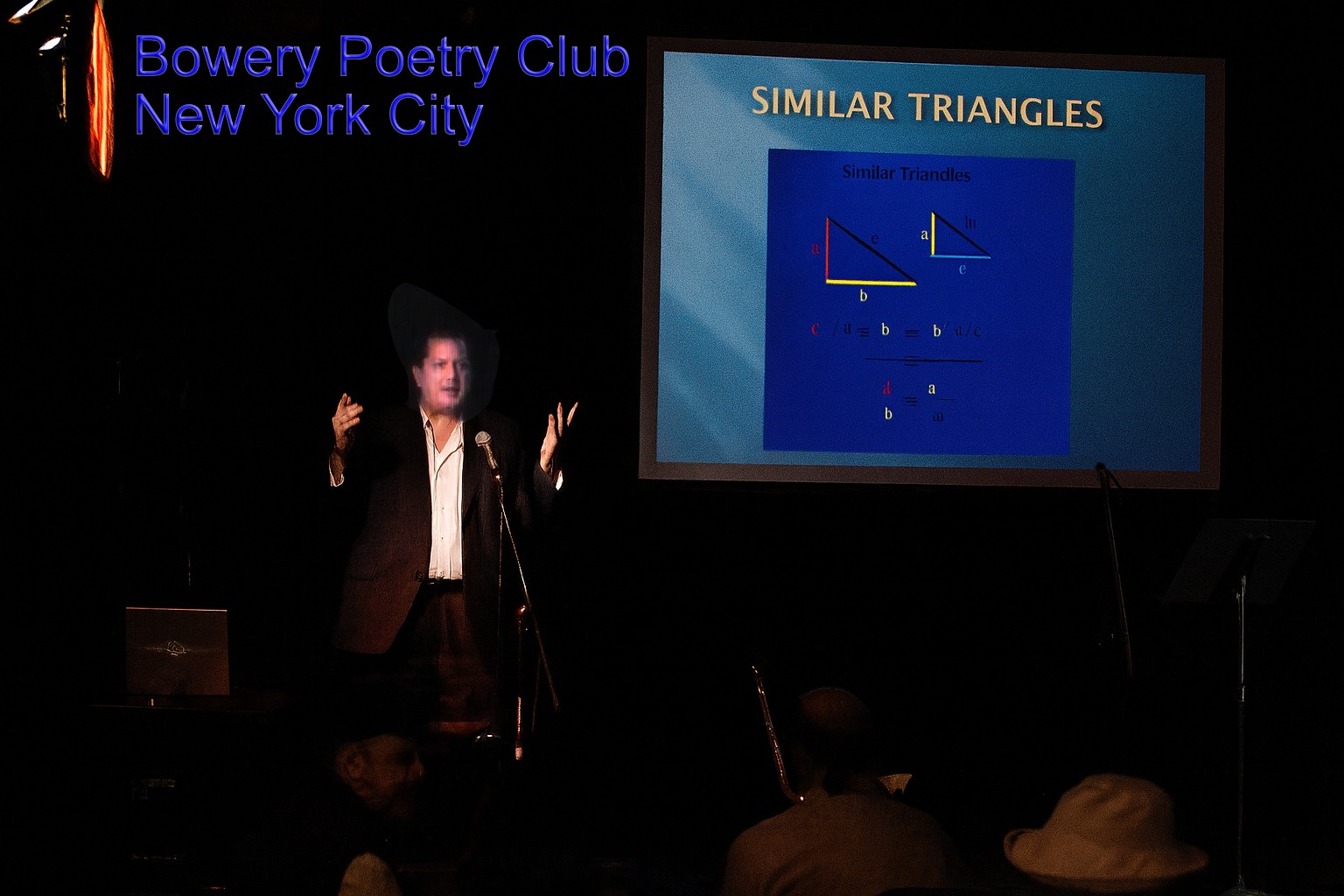
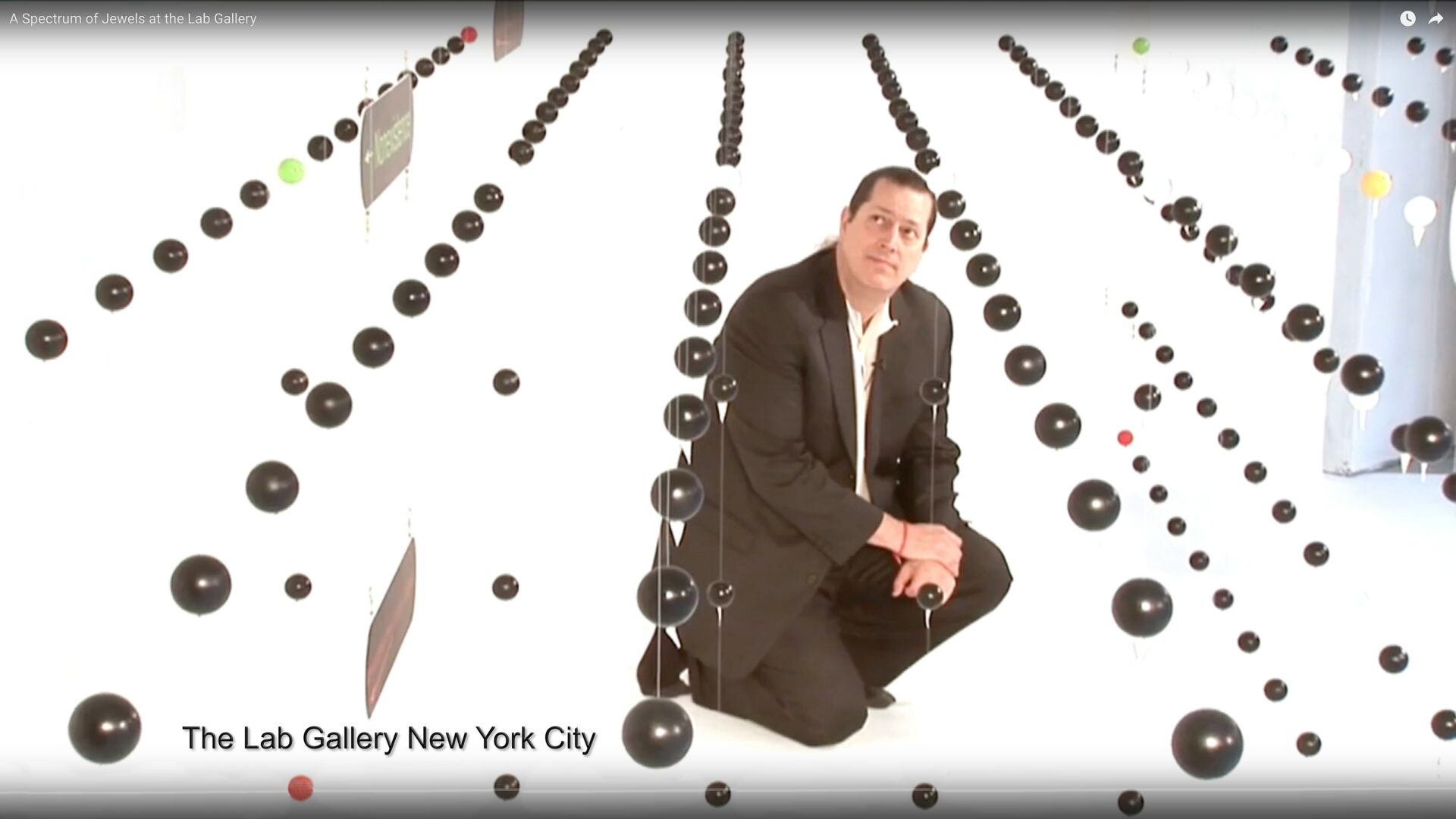
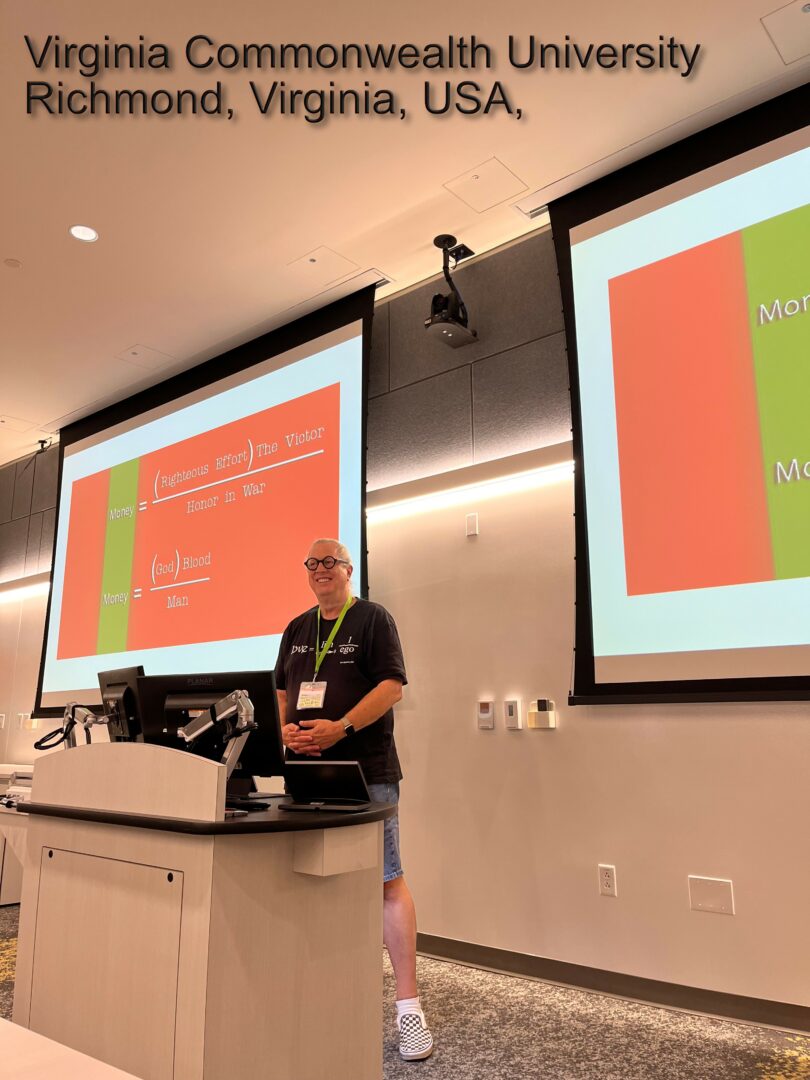
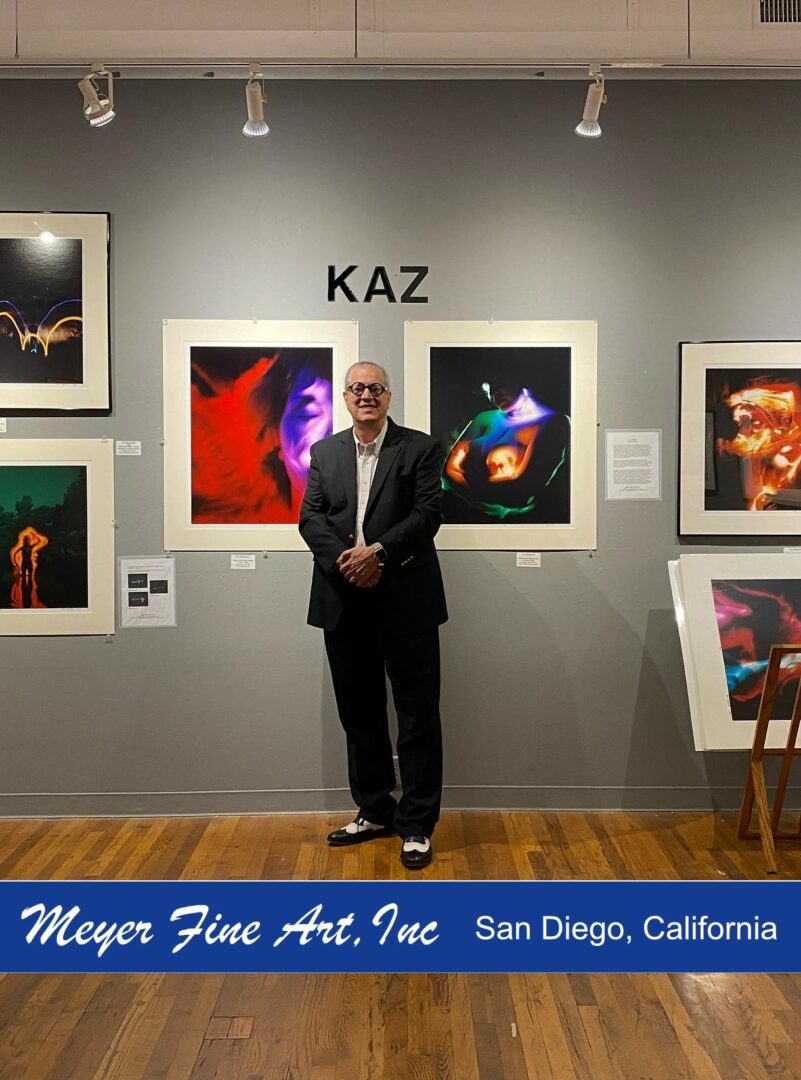
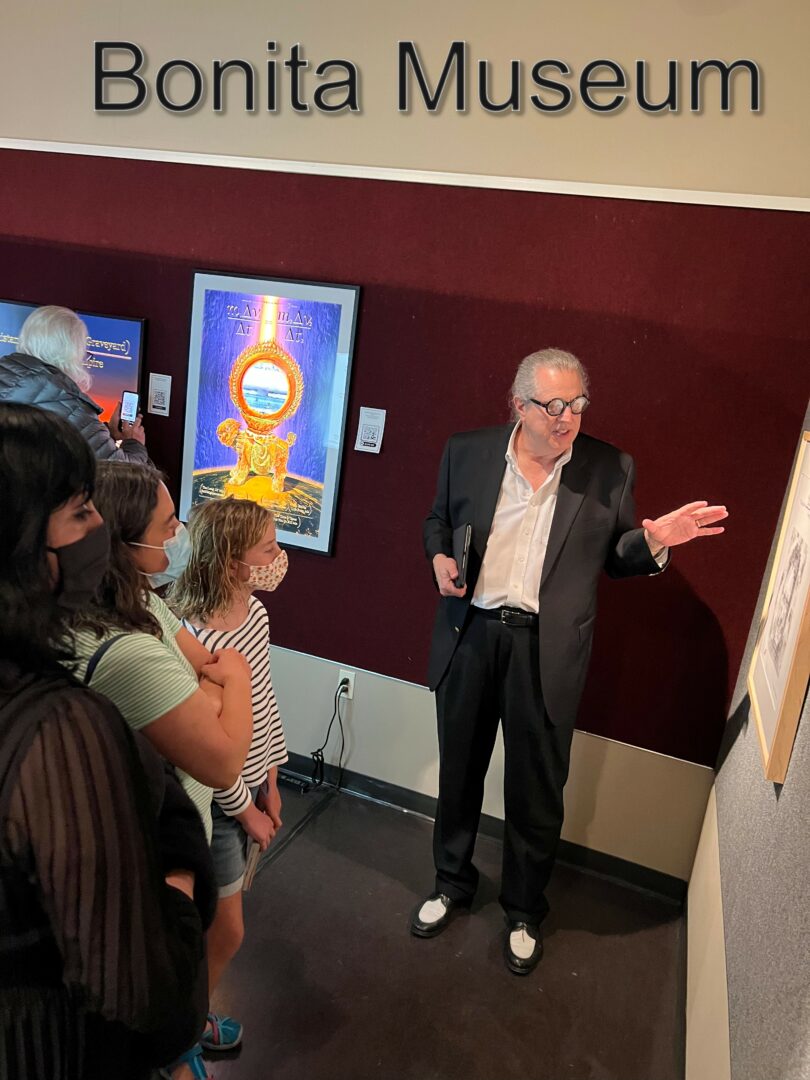
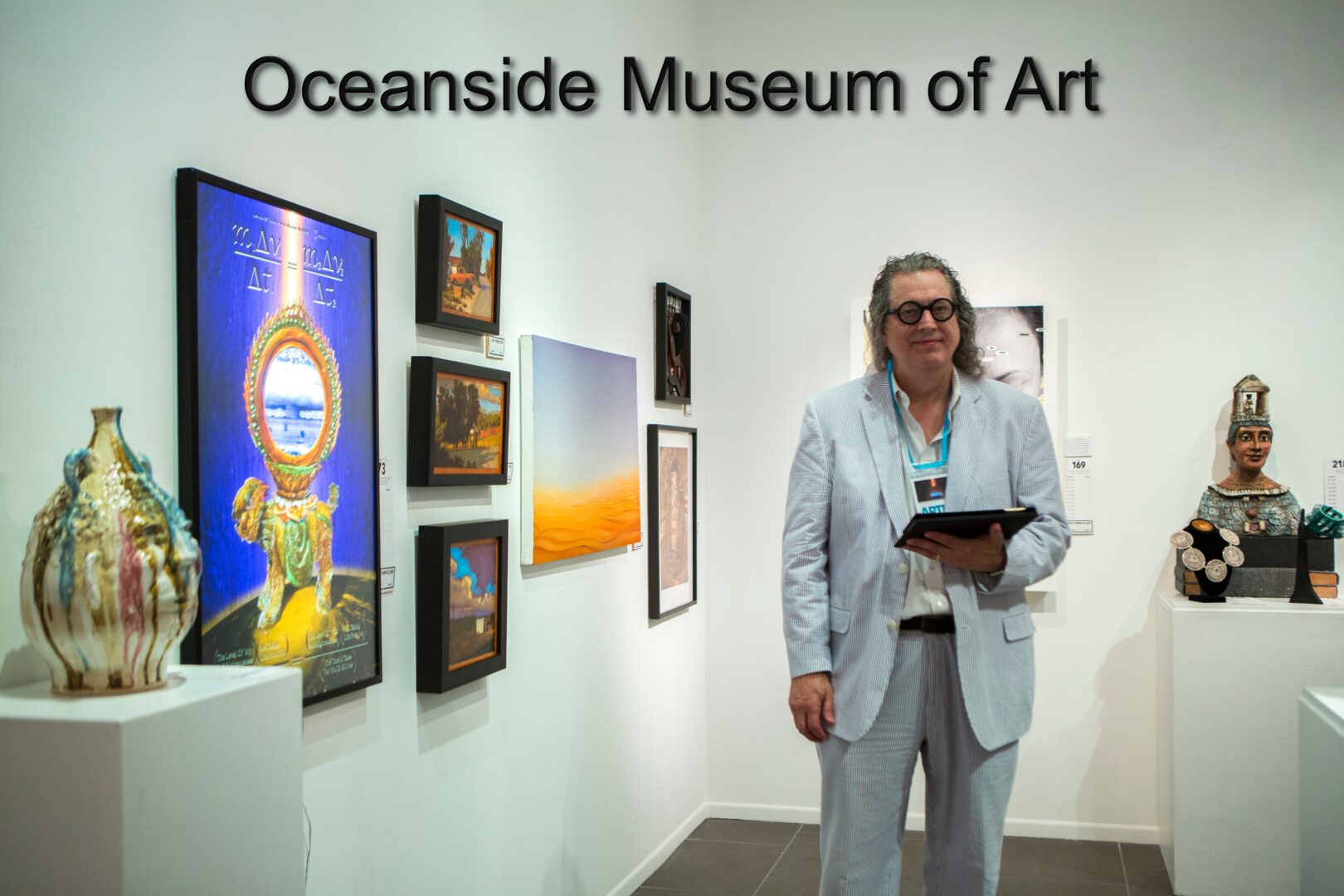
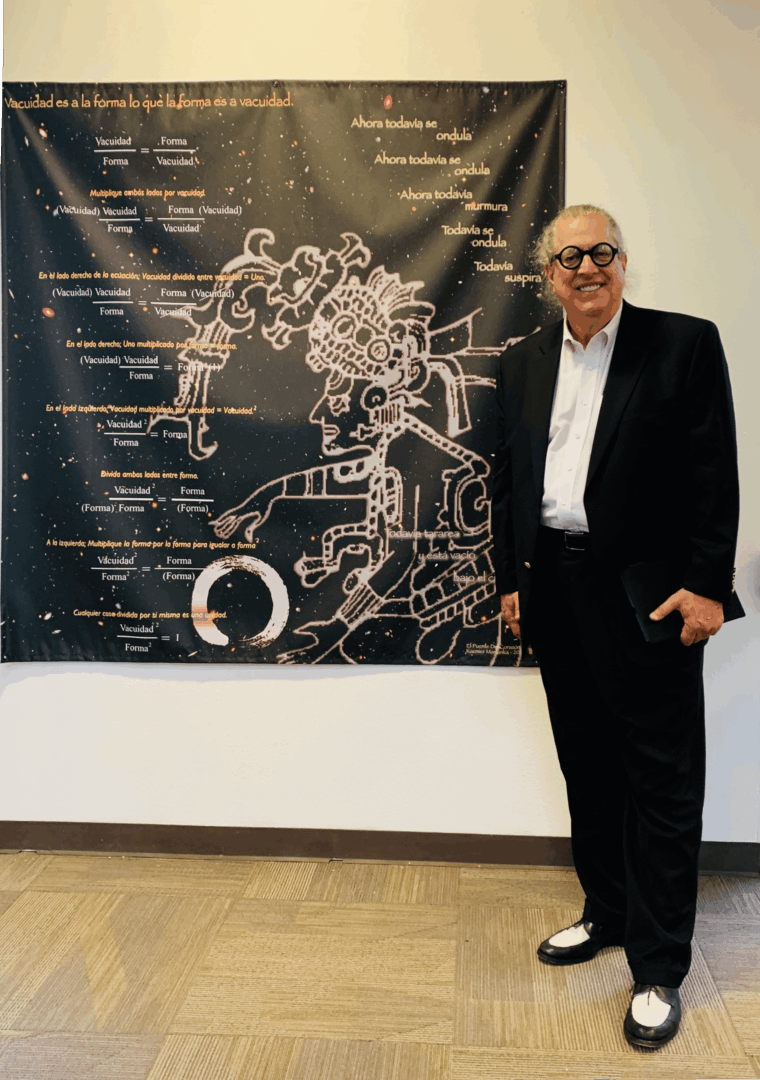

Image Credits
Photos by Geof Huth and Ilsu Min
so if you or someone you know deserves recognition please let us know here.

